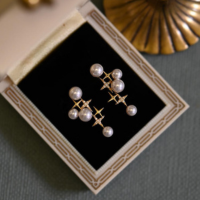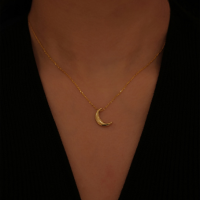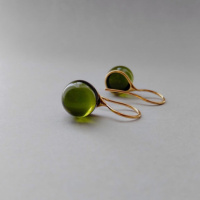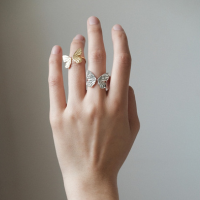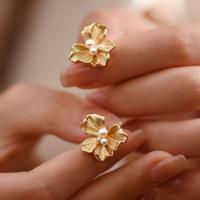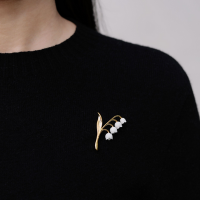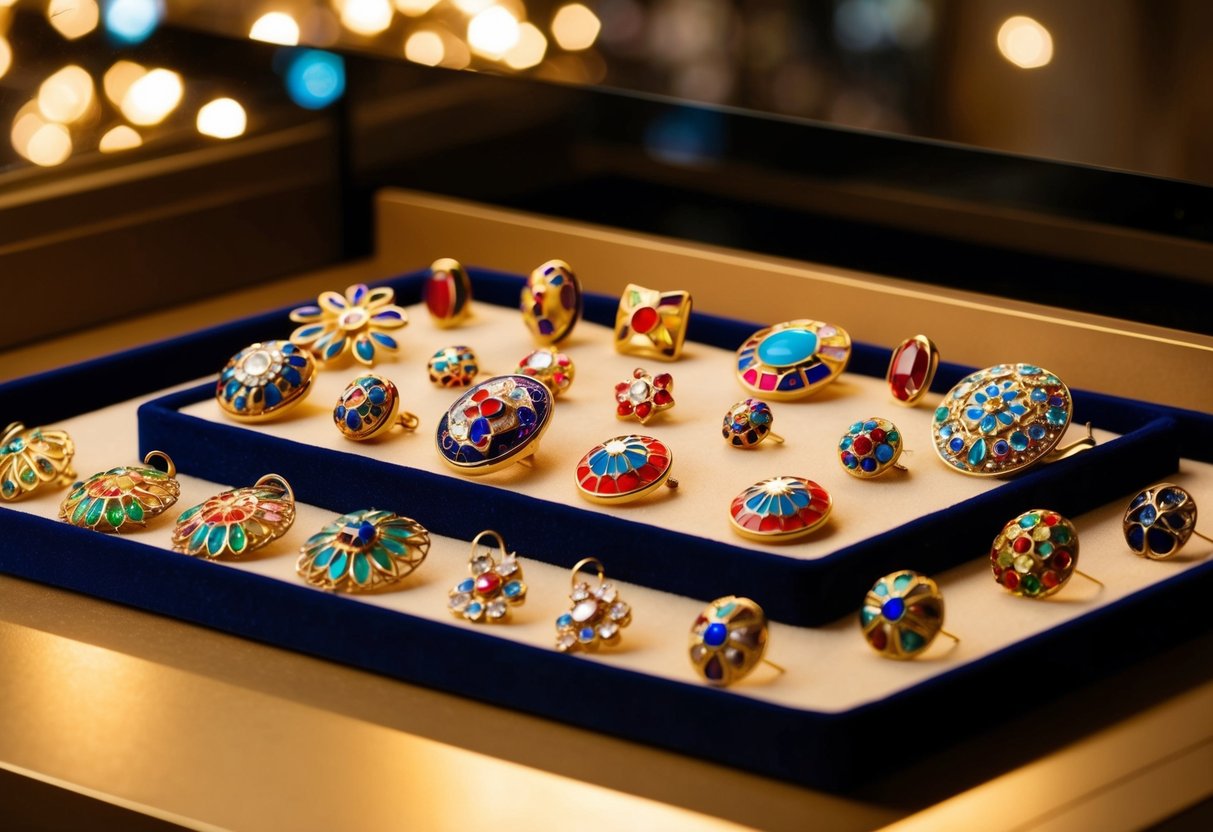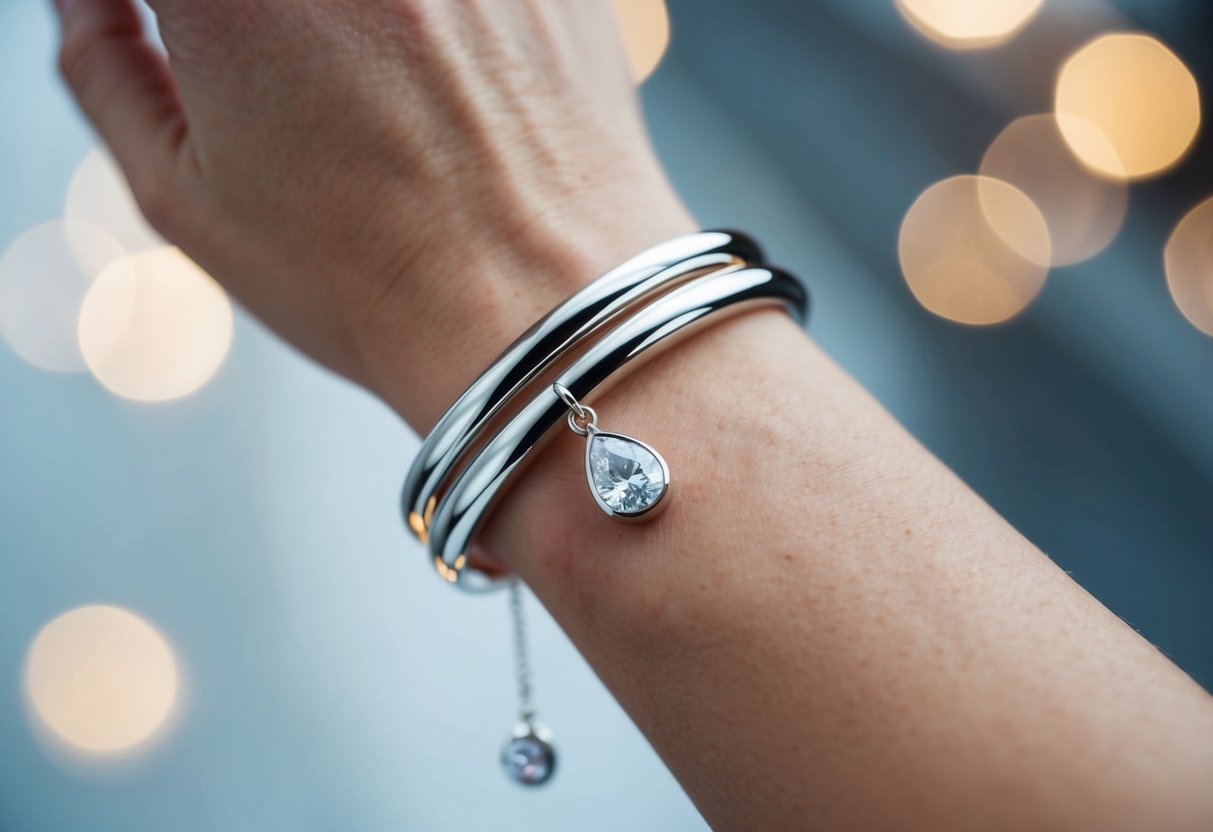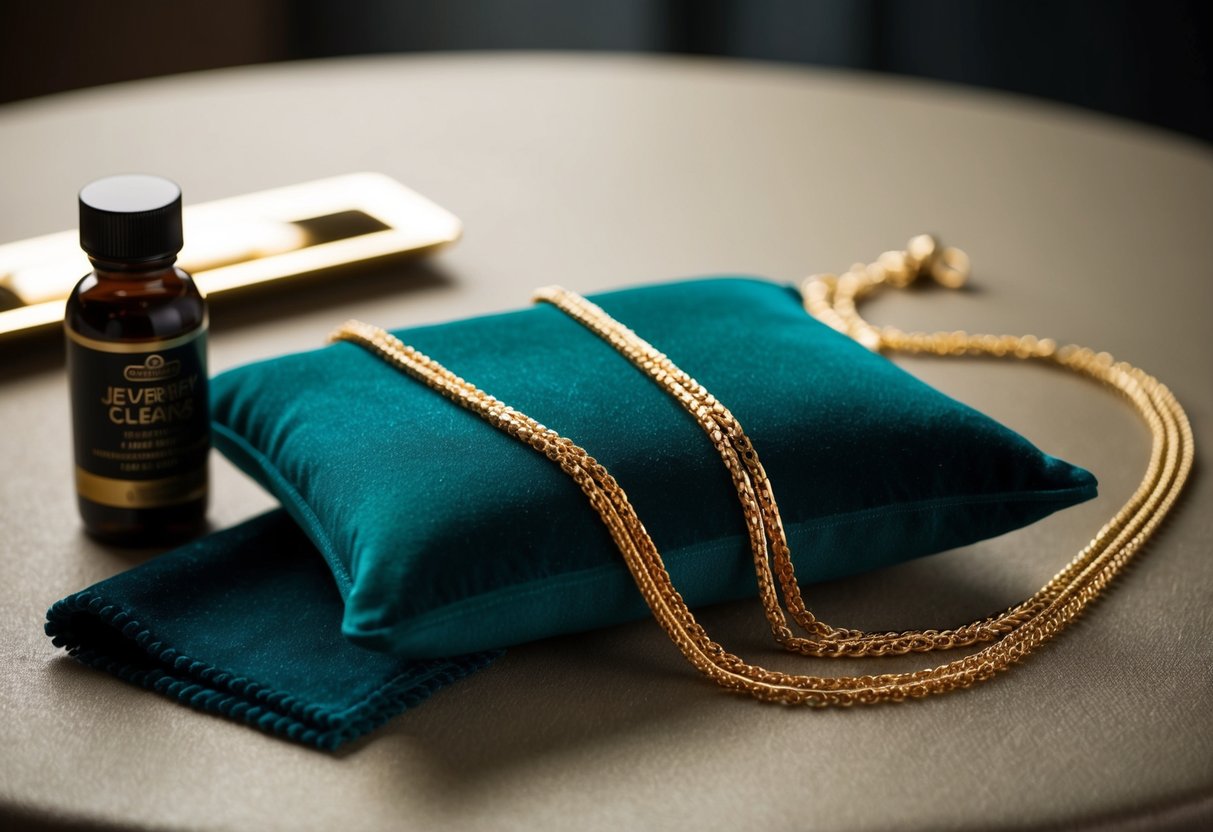
Does Gold Jewelry Tarnish
Check out our personalized jewelry collections! (kids drawing jewelry, coin jewelry, wire jewelry, fingerprint jewelry, handwriting jewelry, and more)
When we think of gold jewelry, we often imagine its enduring beauty. Does gold jewelry tarnish? The short answer is no, pure gold does not tarnish. This makes gold a favored choice for those who want stunning pieces that last.
While pure gold does not tarnish, gold jewelry is rarely made of pure gold. It often contains other metals to improve its strength and durability. These metals can tarnish over time, affecting the jewelry's appearance.
Knowing how to care for our gold jewelry can help maintain its shine. Understanding how different alloys in gold jewelry affect tarnishing can be key to preserving its beauty.
Key Takeaways
- Pure gold does not tarnish.
- Alloys in jewelry can cause tarnish.
- Proper care keeps gold jewelry shiny.
Understanding Gold Jewelry
Gold jewelry has an elegance that captivates us. We admire its shine, but it's important to grasp its different types and quality. Let’s explore what makes gold jewelry so special.
What Is Gold Jewelry
Gold jewelry is crafted from metal and is prized for its beauty and rarity. Gold doesn't corrode, making it ideal for jewelry. Gold alone is too soft, so it's often mixed with other metals for strength. This blend provides durability while retaining gold's stunning appearance. Gold jewelry can be crafted into rings, necklaces, bracelets, and more, providing timeless elegance and style.
Varieties of Gold Alloys
Gold alloys are created to enhance strength and color. Pure gold is 24 karats, meaning it's nearly 100% gold. Common mixtures include:
- 18k Gold: 75% gold, usually mixed with silver or copper.
- 14k Gold: 58.3% gold, balanced with other metals.
- 10k Gold: 41.7% gold, widely durable and affordable.
Each alloy has its own hue and hardness, offering choices in appearance and durability. Depending on these factors, we can select jewelry that suits our style and needs.
Gold Purity and Hallmarking
Hallmarking is a system that guarantees gold purity. Hallmarks are tiny stamps inside the jewelry. They indicate the karat number, confirming gold content. Common hallmarks like "14k" or "750" help us know we are purchasing genuine pieces.
Purity affects cost and color. Higher karat gold is richer in yellow but softer. Lower karat gold is more durable. Understanding these marks helps us make informed choices and ensures our jewelry's authenticity.
Tarnishing in Jewelry
Gold jewelry has a unique beauty, but tarnishing can affect some pieces. Let's dive deeper into what tarnishing is and what causes it in metals often used for jewelry.
What Is Tarnishing
Tarnishing is a thin layer of corrosion that forms on the surface of metals. It often appears as a dull or darkened finish, which can affect the metal's shine. This is especially noticeable in jewelry made from metals like silver or copper, which tarnish more easily than pure gold.
Tarnishing is a natural process. Metal reacts with oxygen, moisture, or chemicals in the air. For jewelry enthusiasts, understanding tarnishing helps us care for our pieces better to keep them looking their best.
Causes of Tarnishing in Metals
Various factors lead to tarnishing. The presence of other metals alloyed with gold can cause tarnishing, like when gold is mixed with copper or silver. The air contains chemicals like sulfur and chlorine, which contribute to tarnishing when they interact with these metals.
Environmental factors such as humidity, pollution, and exposure to saltwater can speed up tarnishing. Even contact with perfumes, lotions, and skin oils may affect metal. Knowing these causes is useful for minimizing tarnish and maintaining our jewelry's sparkle.
Gold Jewelry and Tarnish Resistance
Gold jewelry is known for its beauty and luster. Many people wonder if their cherished gold pieces will tarnish over time. Let's explore how pure gold reacts and what factors affect tarnishing in gold jewelry.
Does Pure Gold Tarnish
Pure gold, also known as 24 karat gold, does not tarnish. It's a non-reactive metal. This means it does not react with the elements in the air or water, which helps maintain its shiny appearance. This quality makes pure gold popular in jewelry.
Why doesn’t pure gold tarnish? It’s because of its unique chemical structure. It's stable and doesn’t combine with oxygen or sulfur. Such reactions are typically the cause of tarnish. Our love for gold stems from this incredible resistance.
Important note: While pure gold resists tarnish, we rarely use it in jewelry because it's so soft. That brings us to our next point—why some gold jewelry might actually tarnish.
Factors Affecting Gold Jewelry Tarnish
For more durability, gold is often mixed with metals like copper, nickel, or silver. These metals create stronger, more practical gold alloys. But they also open the door for tarnishing since these metals can react with air and moisture.
Environmental factors like humidity, pollution, and even body chemistry can accelerate tarnishing. For instance, sweating or spraying perfumes on jewelry can cause reactions with these alloys.
Practical tips: To keep our jewelry looking its best, we should clean it regularly and store it properly. This helps prevent reactions that lead to tarnishing and keeps the gold shiny and vibrant.
Caring for Gold Jewelry
When we take care of our gold jewelry, it keeps its shine and lasts for many years. It's crucial to clean it carefully, store it correctly, and check it regularly to maintain its beauty and value.
Cleaning Gold Jewelry
To keep our gold pieces shiny, we should clean them often. The simplest way to do this is with mild dish soap and warm water. Mix a few drops of soap in a bowl of water. Gently scrub the jewelry with a soft brush.
After scrubbing, rinse it with clean water and dry it with a soft cloth. Avoid using harsh chemicals or abrasives as they can damage the metal. For stubborn grime, professional cleaning might be necessary.
Using a polishing cloth can also help in maintaining the shine. Remember never to use toothpaste or baking soda, which are too harsh for gold surfaces.
Proper Storage
Storing gold jewelry properly prevents scratches and tangles. We should keep each piece separate. Use a jewelry box with soft lining or small cloth pouches for individual items.
It's wise to keep jewelry away from direct sunlight and moisture. Avoid storing multiple pieces together to prevent them from rubbing against each other. This helps in preserving their original condition.
When traveling, consider a travel jewelry case. They often have individual compartments that protect each piece. Keeping gold jewelry in a dry, dark, and safe place will ensure lasting brilliance.
Routine Maintenance
Regular checks on our jewelry can catch issues early. Look for loose clasps, worn settings, or bent prongs. These can be signs that repairs are needed. It's good to have our jewelry checked by a professional jeweler once a year.
Periodic maintenance helps keep our beloved pieces in top condition. This includes professional cleaning and inspection to catch any potential problems. We should also avoid wearing gold jewelry during heavy activities to minimize damage or loss.
Longevity of Gold Jewelry
Gold jewelry is loved for its classic beauty and lasting quality. Different gold alloys affect how long the shine lasts and how well it handles wear.
Durability of Different Gold Alloys
Gold is often mixed with other metals to make it sturdy enough for daily wear. Pure gold, or 24K, is very soft. That's why it's usually combined with metals like copper, silver, or zinc to create alloys.
14K gold includes 58.3% pure gold. It's stronger than 18K gold, which contains 75% pure gold. This makes 14K popular for items we wear every day, like rings and bracelets. 18K gold is often chosen for its rich color and is used in finer jewelry pieces.
Each alloy has its pros and cons. 10K gold has only 41.7% pure gold and is harder, but it can tarnish more quickly due to higher metal content. We need to choose the right balance based on how and where we plan to wear our pieces.
Wear and Tear Over Time
All gold jewelry experiences wear over time, but how we care for it matters a lot. Regular cleaning helps keep it looking bright. Avoiding chemicals and treating each piece gently can also extend its life.
We often handle gold jewelry, leading to minor scratches that can dull the shine. Gold alloys, especially the lower karat ones, are more prone to tarnishing. This doesn't mean we can't fix it; most scratches and marks can be polished out by professionals.
Knowing when and where to wear our gold jewelry helps too. Taking it off during activities that might scratch or damage it is a good practice. Doing so ensures that our favorite pieces last a long time.
Frequently Asked Questions
Gold jewelry is known for its beauty and durability. Yet, questions around tarnishing often arise among jewelry lovers.
How can I prevent my gold jewelry from tarnishing over time?
We can keep our gold jewelry looking great by storing it properly in a dry, soft-lined box. It's best to avoid using harsh chemicals or perfumes when wearing it. Regular cleaning with a gentle cloth also helps maintain its shine.
What are the signs of tarnishing on gold jewelry and how should it look?
Our gold jewelry might appear dull or show slight discoloration if tarnished. While this is less common with pure gold, it can still happen due to the metals in gold alloys.
Is it true that 18k gold can tarnish, and if so, under what conditions?
Yes, 18k gold can tarnish, usually when exposed to moisture, sulfur, or air pollutants. This is because of the non-gold metals mixed with the gold.
Can wearing gold jewelry in water lead to tarnishing, and how does this vary by karat?
We should be cautious with water exposure, especially with lower karat gold such as 10k or 14k. While higher karat gold like 18k is more resistant, regular contact with water, especially chlorinated or saline, might still pose risks.
Will higher karat gold jewelry, like 24k, ever show signs of tarnish?
It's rare but possible. 24k gold, being pure, resists tarnishing better than lower karat gold. Yet, in certain extreme conditions, even 24k could be affected, though it's not common.
Once tarnished, is it possible to restore the original luster of gold jewelry?
Certainly! We can bring back the shine with commercial gold cleaners or professional cleaning services. Many times, a gentle buffing with a soft cloth can revive dull gold jewelry at home.

